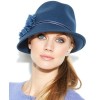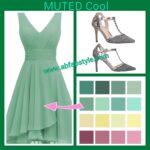Hats can look so fabulous and add a touch of panache to any outfit, casual or formal. However, some hats look great on us and some don’t so it helps to know what to look for when choosing one. Our face shape is one of the important factors to consider when buying a hat. […]




